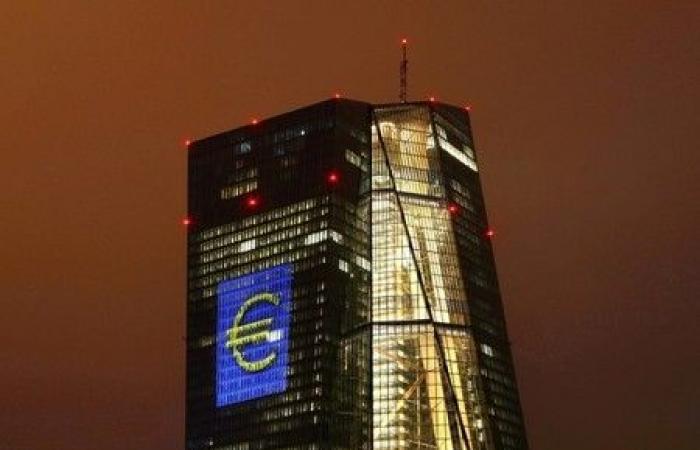The dollar rose Thursday, supported by wider interest rate differentials, as other major economies begin cutting rates before the United States and parts of Europe face political turmoil.
The dollar index, which tracks the currency against six peers, rose 0.2% to 105.45 after 10 volatile days marked by mixed signals from the U.S. economy as French political uncertainty rattled the European markets.
The dollar’s rise was spurred by a fall in the pound after the Bank of England gave up on cuts, and the Swiss franc also fell after the Swiss National Bank lowered interest rates to 1.25% , after a cut in March.
“This morning we saw clear hints of easing from central banks,” said Karl Schamotta, chief market strategist at Corpay, in Toronto.
“This is leading to improved liquidity expectations in financial markets, with the prospect of lower borrowing costs in the future. Global risk sentiment is recovering.”
Meanwhile, the U.S. economy is showing signs of slowing, with Tuesday’s report of tepid May retail sales and evidence of weakening labor market momentum.
Data released Thursday showed the number of Americans filing new claims for unemployment benefits fell last week but was still higher than expected. So overall, labor market strength persists despite a gradual cooling.
The pound fell 0.3% to $1.2678 in late morning US trading. Earlier, the BoE voted 7-2 to keep its main interest rate unchanged, but some politicians said the decision not to cut was “finely balanced”.
The dollar rose 0.9% to 0.8922 francs, while the Swiss currency fell from a high of about three months after the rate cut, which came amid expectations of a further decline in inflation to 1, 1% in 2025.
Volatility in currency markets has increased over the past 10 days, as political uncertainty in Europe combined with long-standing guessing games over central bank rate cuts to cause new problems for investors.
The US dollar rose last week, while the euro hit its lowest since May 1, as markets feared that French President Emmanuel Macron’s gamble to hold parliamentary elections could bring the far right or extreme left, who spend a lot.
Markets have been calmer this week. The dollar fell after data on Tuesday showed U.S. retail sales fell short of expectations in May, adding to some signs of an economic slowdown that could allow the Federal Reserve to cut interest rates in September . However, separate data showed manufacturing production increased last month.
The euro was last seen falling 0.17% against the dollar, at $1.0726, but still above the six-week low of $1.0667 hit on Friday.
“The real driver of the dollar is the central banks of the world,” said Helen Given, associate director of trading at Monex USA, in Washington DC
He added that political uncertainty tends to favor dollar strength.
“So if we see, a touch of negative data that traditionally could push the dollar lower,” Given said. “The counterweight of political uncertainty around the world will continue to give the dollar some strength, until these events are resolved and markets can adapt to a new political order.”






